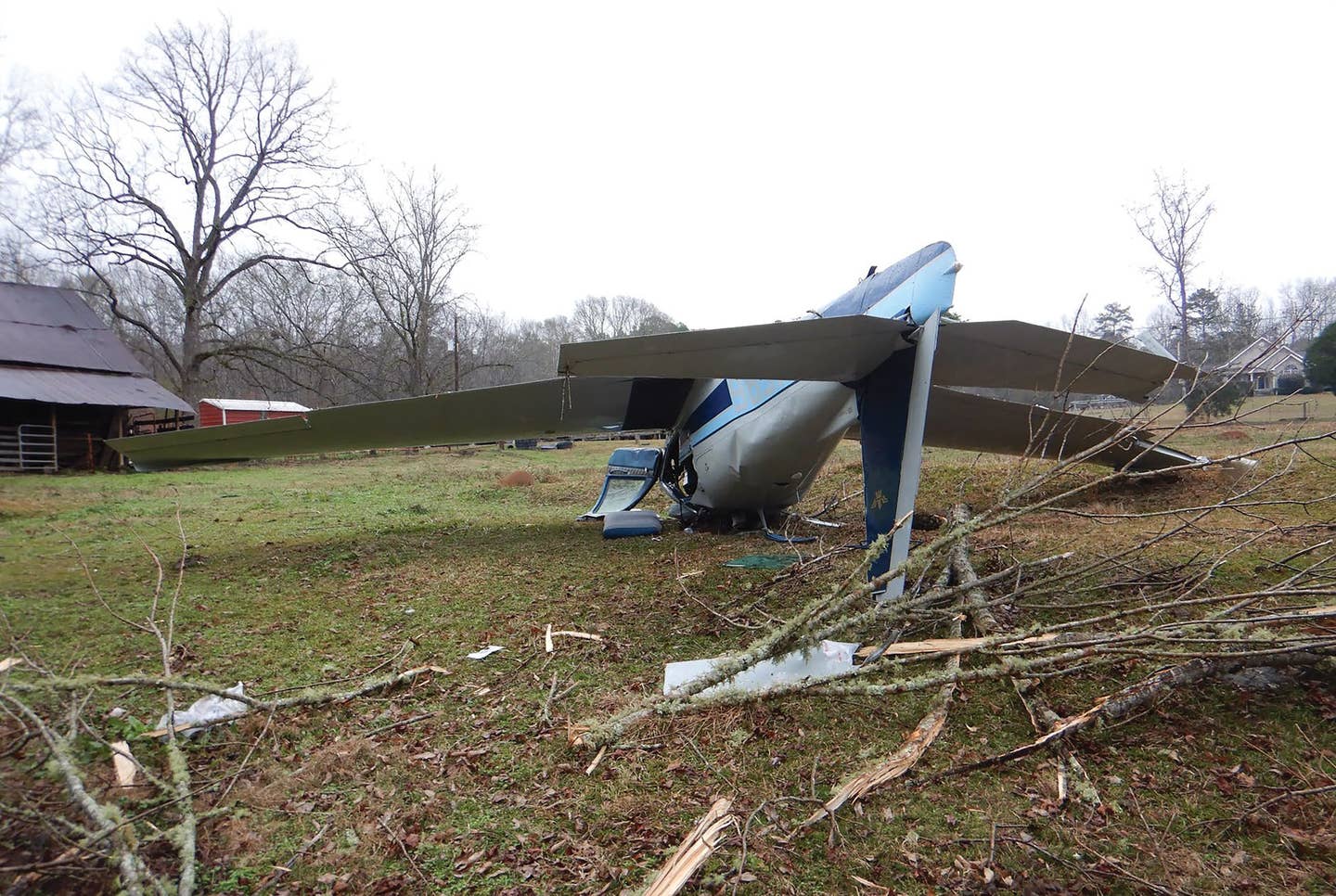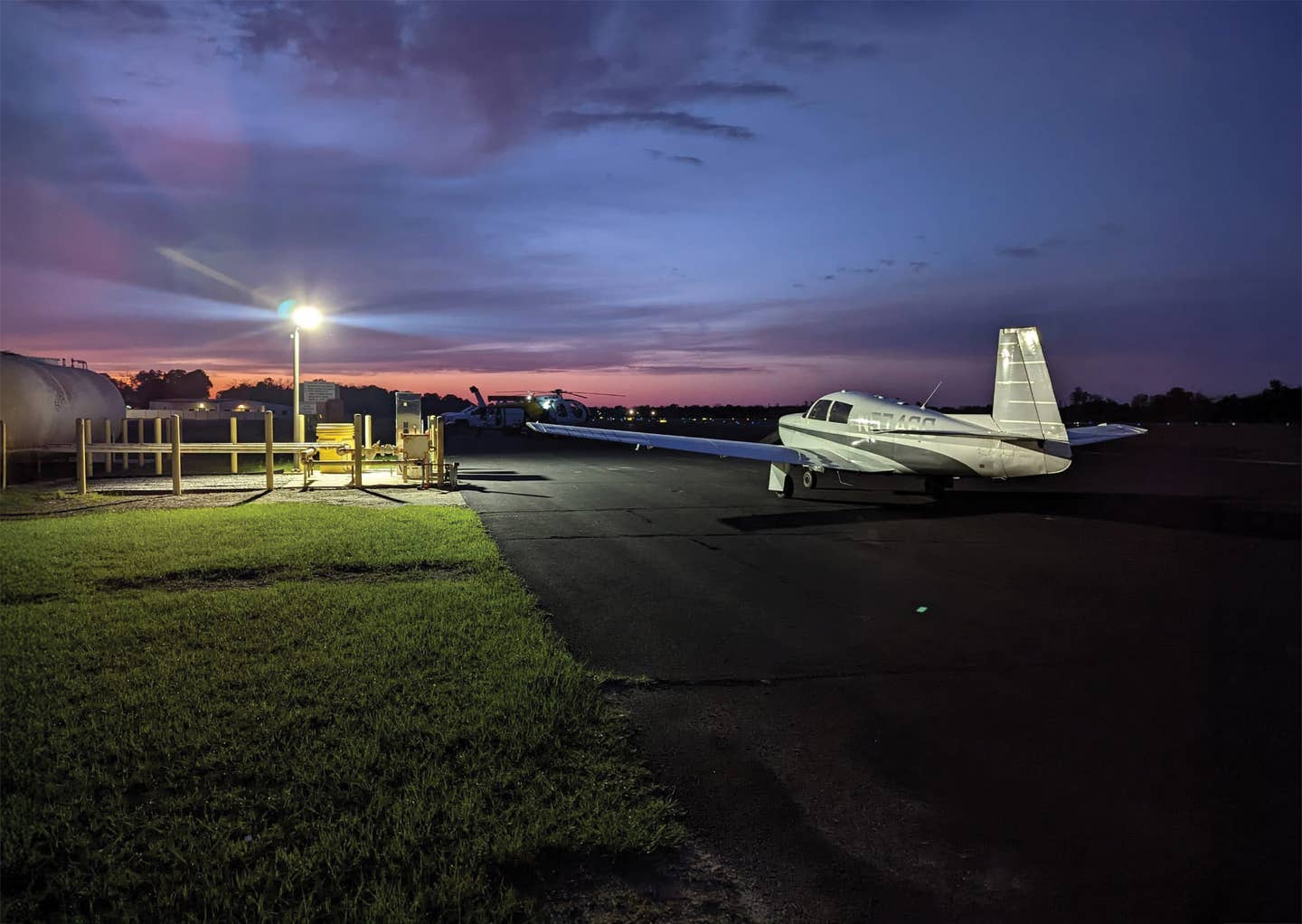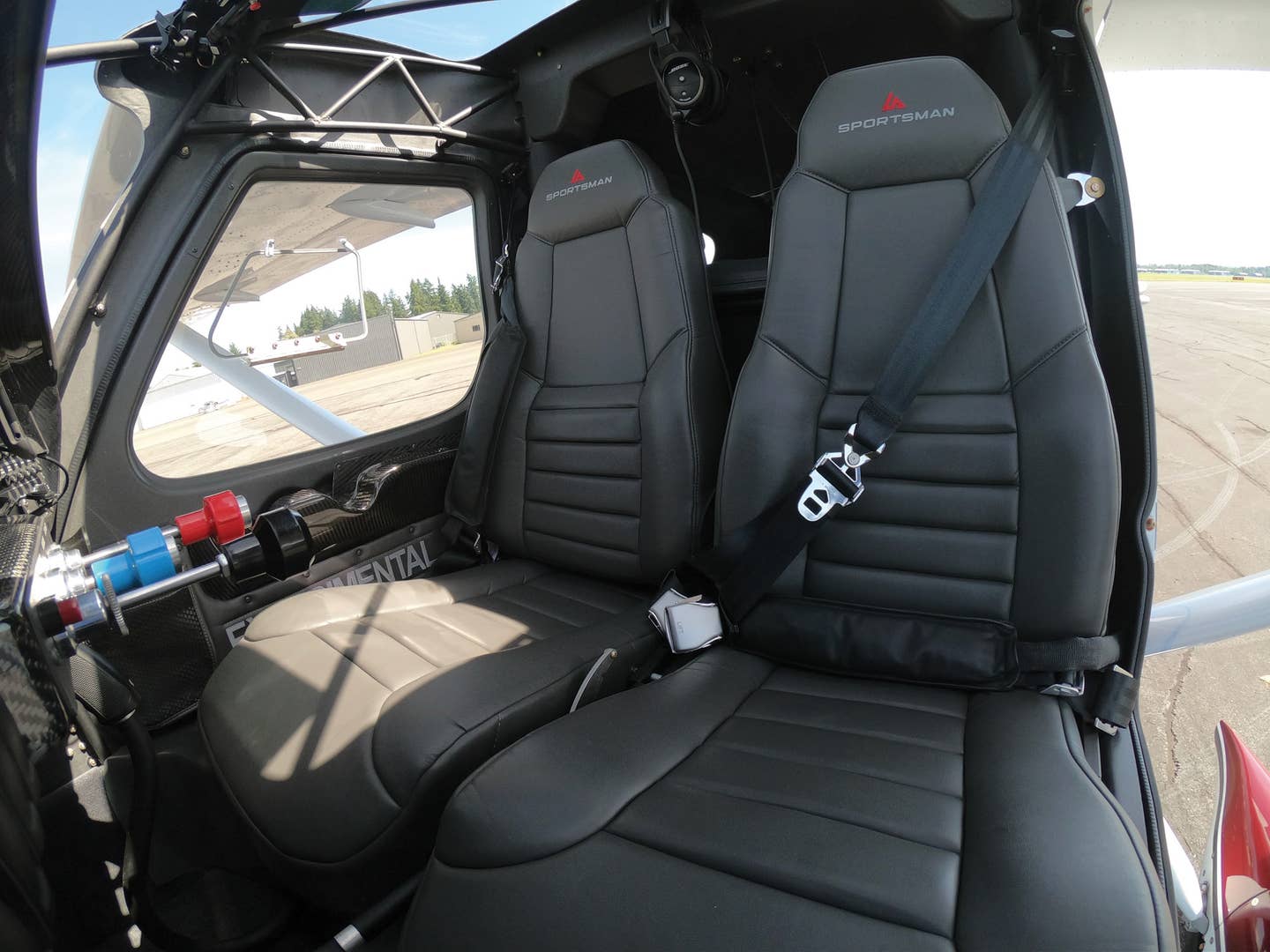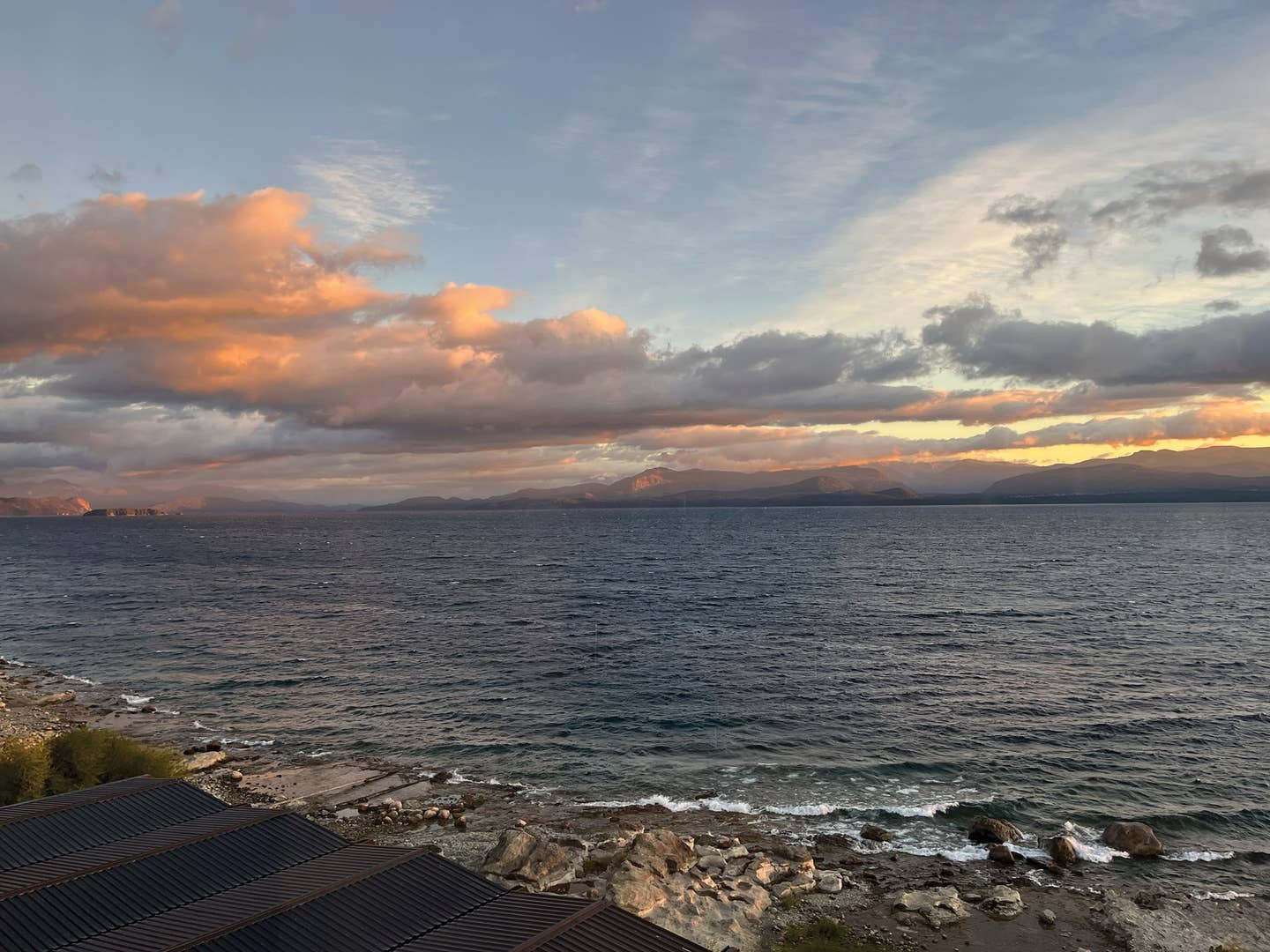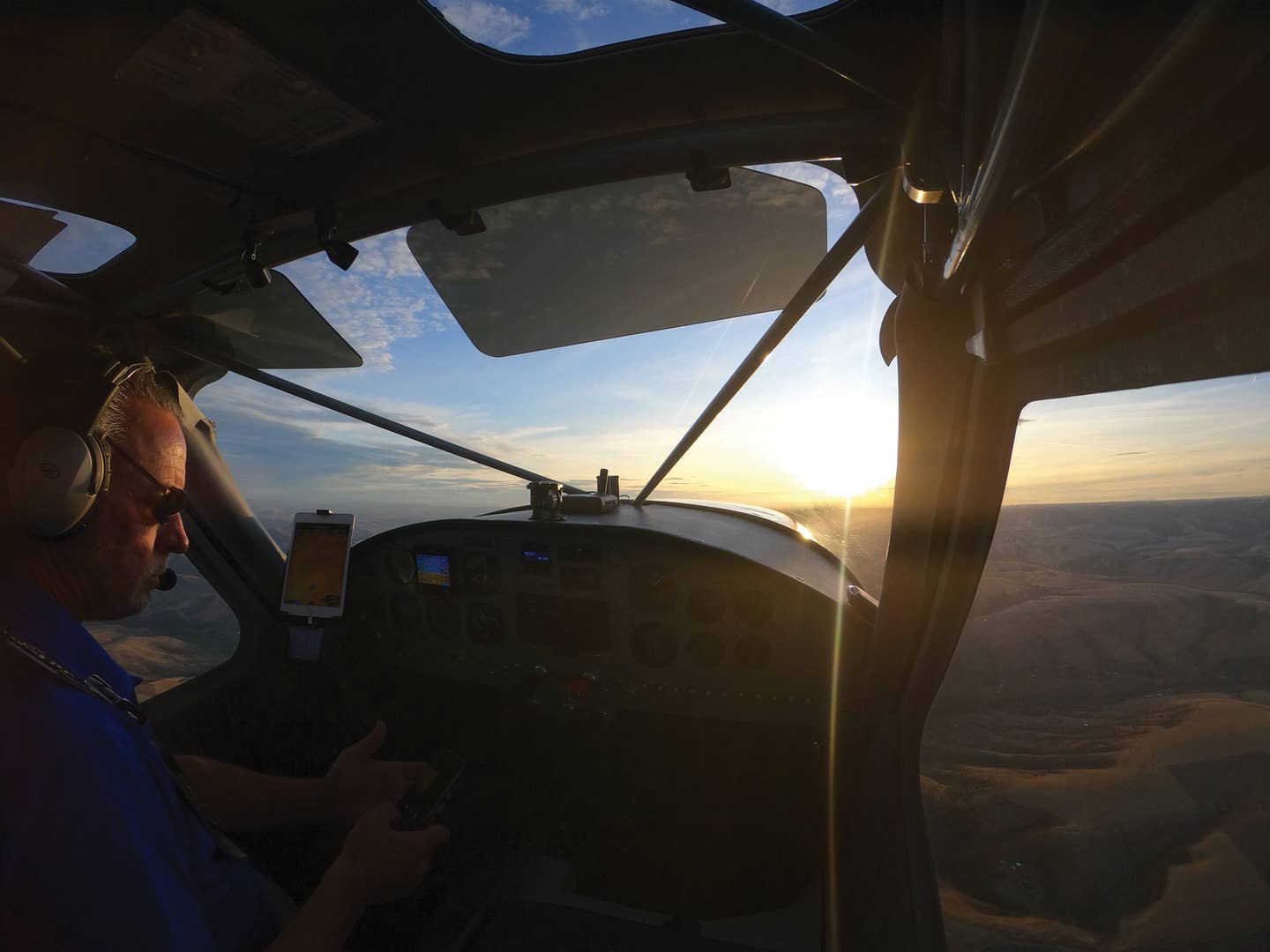
Photo: Marc Cook
The National Transportation Safety Board (NTSB) recently released final reports on two very similar fatal accidents that happened only a week apart. Both involved single-engine piston aircraft landing at their home fields. The first was an Extra 300 at Galt Field Airport (10C) in Wonder Lake, Illinois, on November 25, 2022. The second was a Mooney M20 at Falmouth Airpark (5B6) in Massachusetts on December 2, 2022.
The Extra was piloted by an experienced aviator with more than 6,000 hours. The accident pilot and his wife had bought the airport in 2013, so he was certainly familiar with the local area. The 2017 Extra EA300 LC was purchased about a year ago, and, according to friends, the pilot limited himself to basic aerobatic maneuvers. After the accident, the NTSB found “no evidence of a preimpact mechanical malfunction or failure that would have prevented normal operation.” For late November, the weather was good—no clouds, light winds, and a temperature of 44 degrees Fahrenheit.
The pilot departed the field to the north, performed a couple of aerobatic maneuvers, then headed 12 miles east to circle over a residential area. Coming back to the airport, he entered a left downwind. Traffic calls sounded normal. A United Boeing 787 captain flying a Piper Archer ahead of him in the pattern saw or heard nothing unusual. But after taxiing in and shutting down, the captain became worried when he was told that neither the airport owner nor his plane seemed to be anywhere on the field.
A fire battalion chief who lived just east of the airport told the NTSB that he heard what sounded like an aircraft in a dive, followed by a woodchipper noise, two seconds of silence, then another woodchipper noise. There was no change in engine sound. He headed to the airport to help.
Another person drove to the final approach end of Runway 27 and hiked into the woods, looking for the missing plane. The United pilot took off again and circled the airport, searching for signs of the Extra. He didn’t see anything, and it quickly got dark.
On the ground, people checked the FlightAware ADS-B track and eventually found the plane. It had crashed a quarter mile short of the runway. The pilot was dead.
It appeared the plane had simply nosed over and flown into the trees. There was no evidence of bird damage in the wreckage, the fuel tanks still contained gas, and there seemed to be no obvious mechanical or meteorological reason for the crash. Toxicology and medical reports were normal. However, the Archer pilot’s testimony offered a possible explanation.
The United captain remembered “being slightly disoriented by the sun when he turned onto final. As a result, he was lower than normal and had trouble with depth perception.” He programmed his GPS to display a computed glideslope on final for subsequent landings. At the time of the accident, nine minutes before sunset, the sun was positioned 1.1 degrees above the horizon and 27.5 degrees left of the runway centerline.
After eliminating all other possible causes, the NTSB eventually determined that the pilot “became disoriented by sun glare while on final approach, which resulted in a collision with trees and terrain.”
Seven days after this accident, another experienced pilot and his pilot-rated wife were returning to their home airport. And this really was their home airport, as 5B6 is a charming residential airpark on Cape Cod. They had departed earlier that day with three other planes to Westfield-Barnes Regional Airport (KBAF) in western Massachusetts for lunch. It was a great day for pleasure flying—no clouds, light winds, and a temperature on the Cape well above freezing at 44 F.
The flight had been uneventful. Their smart red-and-white 1980 Mooney M20J was running well. The couple knew that for Runway 25, the sun could be blinding as it set in the west. And in December in Massachusetts, the sun sets early. They discussed landing on Runway 7 with the sun behind them, but believed the wind would also be behind them. The runway is 2,298 feet long, with trees close to both approach ends. The flying pilot decided to land into the wind. He said he would be OK. They adjusted the aircraft’s sun visors. The NTSB report does not include the sun’s position, but I used a commercial calculator to find that at 65 minutes before sunset, it was 9 degrees above the horizon and 14 degrees left of the runway centerline.
The right-seat pilot/passenger made the radio calls for downwind and final just after 3 p.m. EDT. An eyewitness at the airpark said it looked like a normal approach. There were no other radio calls. On final to Runway 25, the right-seater looked down to confirm the gear was extended, reviewing the GUMPS check again. When she looked back up, “she knew they were going to hit the trees.”
The Mooney hit the trees and stopped in grass short of the runway. The fuselage from the firewall to the empennage was crushed. The instrument panel and cockpit were destroyed by impact forces. The pilot died in the crash. His wife survived but suffered 15 broken bones.
As with the Illinois crash, despite investigating many other possible factors, the NTSB determined that hitting the trees was caused by the “sun glare, which impaired the pilot’s visibility and situational awareness.”
Knowing about an issue—a blinding bright ball of light right in your face—is not the same as successfully managing an issue. Cockpit shades, sunglasses, using another runway, following aircraft instruments, or waiting 20 minutes are all ways to mitigate this very real threat. Toughing it out could end up being a glaring error.
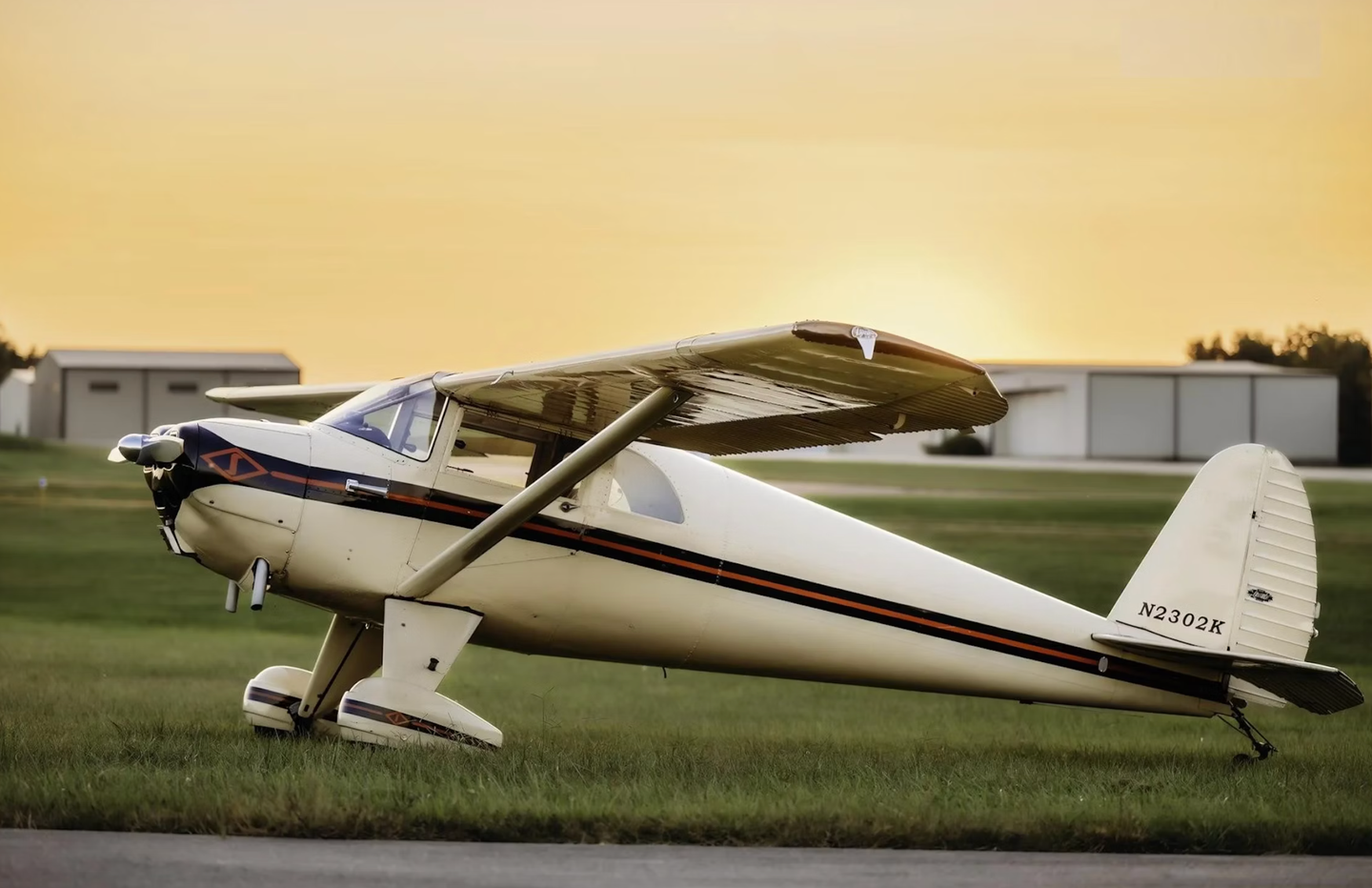
Subscribe to Our Newsletter
Get the latest Plane & Pilot Magazine stories delivered directly to your inbox


